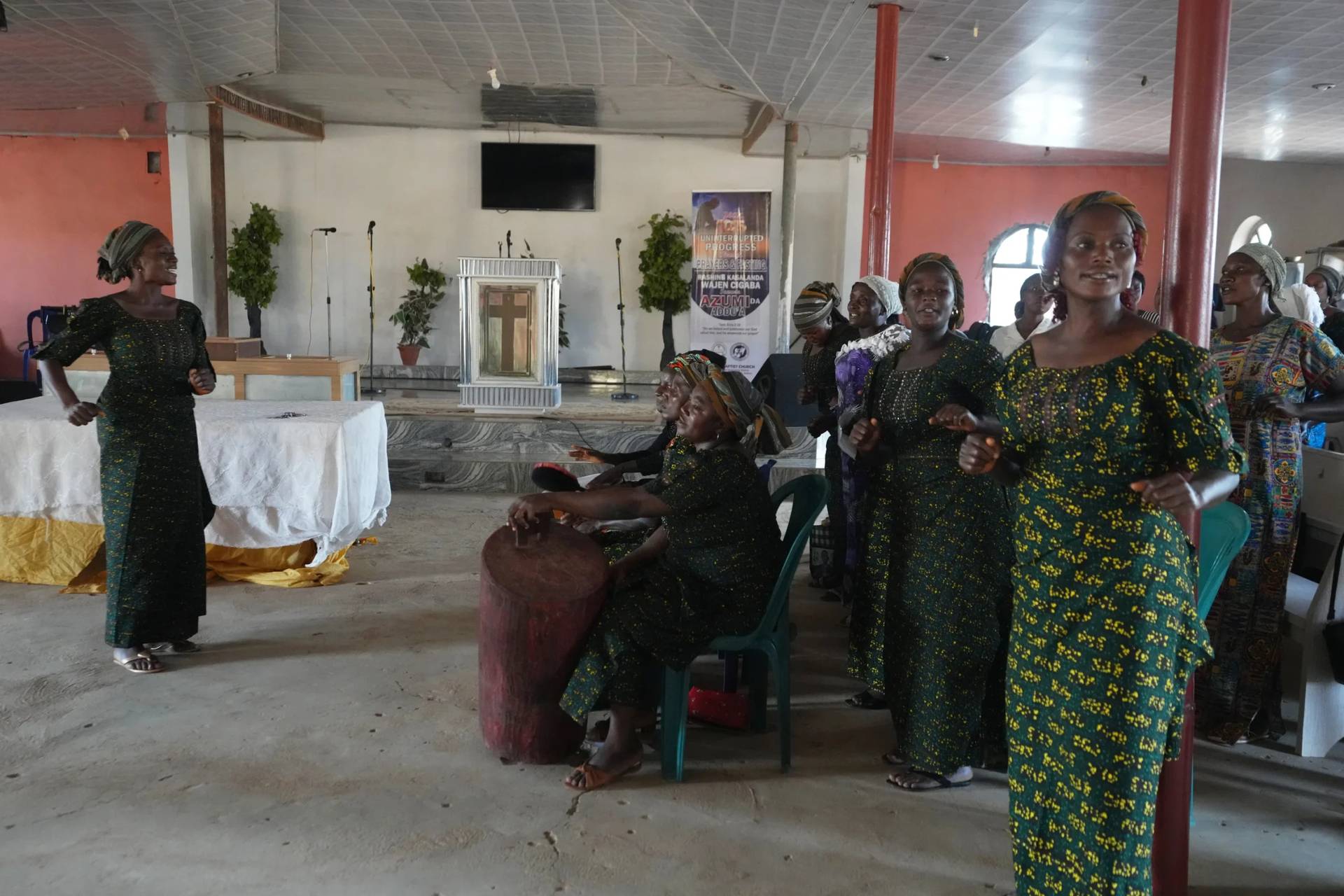ROME — Many people, including many Catholics, believe the pope always ruled over the Catholic Church as an absolute monarch, appointing the world’s bishops and definitively settling issues of faith and morals. Yet that exercise of the papal office is comparatively new.
The pope’s supreme power, both in governance and doctrine, was defined by the First Vatican Council in 1870 and has been seen as crucial to defending the church from hostile governments and cultural forces around the world.
But at the same time, the pope’s universal jurisdiction and doctrinal infallibility have emerged as major obstacles to the long-sought goal of Christian unity.
The idea that the pope, as the “first bishop” of the church, has a leadership role that other bishops do not is an especially large stumbling block for Eastern Orthodox Christians, but one that the Catholic and Orthodox churches are committed to discussing.
Recent popes have sought to explore ways to exercise papal primacy in terms more amenable to other Christians. For instance, in his encyclical letter on ecumenism in 1995, St. John Paul II expressed openness to finding “a way of exercising the primacy which, while in no way renouncing what is essential to its mission, is nonetheless open to a new situation.”
According to Dominican Father Hyacinthe Destivelle, an official of the Pontifical Council for Promoting Christian Unity, Pope Francis has furthered this effort with his frequent references to synodality — the involvement of a gathering of bishops in decision making, as practiced in the Orthodox churches — and by often referring to himself simply as the “bishop of Rome.”
The pope is trying to exercise his office “as St. Irenaeus of Lyon defined the church of Rome: The church that presides in love, in charity,” said Destivelle, who is also a member of the Joint International Commission for Theological Dialogue between the Catholic Church and the Orthodox Church.
“The primacy that we know now, which is defined as a primacy of universal jurisdiction, is quite new. The fact that the pope appoints all the bishops is new, it’s from the 19th century; it was not at all the case in the first millennium,” said Destivelle, summarizing one conclusion from the current work of the official Catholic-Orthodox theological dialogue.
Recent scholarship on the topic challenges both Catholic and Orthodox ways of thinking about the pope’s role, said A. Edward Siecienski. The Orthodox scholar is author of the 2017 book, The Papacy and the Orthodox: Sources and History of a Debate.
“Universal jurisdiction, the idea that the pope has in another diocese the same power he has in the diocese of Rome,” Siecienski said, “is not something that the Orthodox could ever accept, because they had never accepted it.”
On the other hand, he said, “the idea that, as the successor of Peter, (the pope) has a universal ministry is very, very different, and I think that the Orthodox could accept that the Petrine ministry does have this universal aspect to it.”
That the papacy increased in power during the Middle Ages and Renaissance cannot be dismissed simply as a power grab, said a German Jesuit historian.
In a very practical way, “Rome could judge more impartially over certain things than local institutions who were subdued to local pressures,” said Jesuit Father Klaus Schatz.
At the same time, Schatz said the Catholic Church had a constitutional or “parliamentary” tradition of church governance that did not fully give way to the monarchical model until the First Vatican Council.
“At least until the 16th century, all major questions were debated with the pope in the general congregations with the cardinals,” Schatz said. And, “in extreme situations, the cardinals had power over the popes.”
In his book The Conciliarist Tradition, Francis Oakley argued that what he described as a parliamentary conception of church governance was able to rescue the church from one of its most confusing crises.
Oakley’s book focuses on the Council of Constance (1414-1418), which ended the Great Western Schism, a period of time during which there were three rival claimants to the papacy. By declaring it had supreme power in the church, the council deposed the claimants and elected a new pope to end the schism.
According to Oakley, the Council of Constance presents a deep theological challenge — and counter-narrative — to the ecclesiological vision of papal supremacy outlined at Vatican I. And, he claimed, it demonstrates that other models of church governance also are found in the tradition of the church.
“My guess is that people in the pew assume that the pope has always run the whole show with the bishops around the world being sort of like branch bank officers waiting to hear from central casting,” he said. “That’s a very modern development.”
The 2017 commemoration of the 500th anniversary of the Protestant Reformation was another opportunity to discuss how a modified exercise of papal primacy might benefit Christians of all denominations.
“We need a synthesis,” said John Milbank, a prominent Anglican theologian and president of the Center of Theology and Philosophy at the University of Nottingham, England. “We need a marriage of the papacy with a more conciliar model.”
The late medieval tendency to view the papacy “in terms of a pure exercise of legal power and not sufficiently in terms of a spiritual authority” needs to be overcome, he said.
“Sometimes,” he said, “it feels as if Catholic theology is too much a sort of debate about papal pronouncements, and I think maybe a stronger sense of every bishop as being a spiritual guide” would be a path forward.
In the end, he said, “I believe the road to Christian unity is much more in terms of doing things together and finding ways to share liturgy,” rather than in seeking a juridical union.
“If you can do that, there will come a day when these doctrinal disagreements don’t seem completely insurmountable,” Milbank said.












